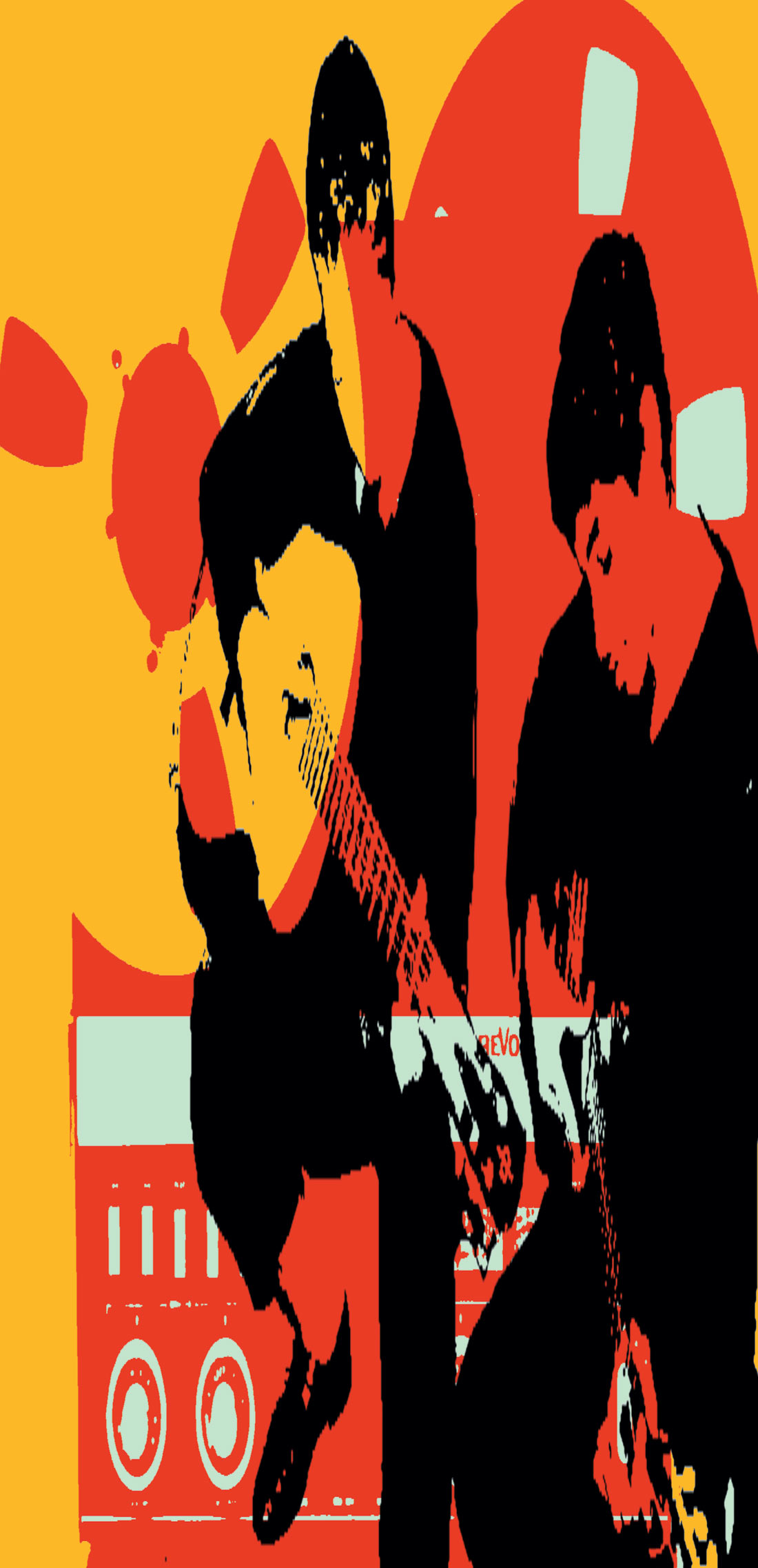Once upon a time, notable bands like Wire and the Cure used chorus as a creative effect. By the mid-'80s, so many bands had so brutalized the effect that engineers and musicians everywhere shuddered at the notion of using chorus at all. Even mega-celebrities like Nirvana's championing of the Small Clone did not help restore the effect to mainstream acceptance. When used tastefully, it's still possible to use chorus in a creative and appropriate manner. Both of these classic Ibanez pedals provide great places to start. Meant for guitars, the CS-9 visually resembles the TS-9 Tube Screamer with its big silver button. It has controls for width and speed and two inverted stereo outputs. A very wide chorus can make a guitar sound almost out-of-tune, while a narrower configuration can give a guitar a subtle but distinctive character. Changes in speed vary the color that the chorus adds. The CS- 9 provides a very rich coloring of a guitar, but when applied to bass, it mostly effects overtones. The BC-10 has the long, narrow black button that characterizes the TS-10 series Tube Screamer. This series had an unfortunate battery connection that requires care when changing batteries, especially on heavily-used pedals. Its inverted stereo outputs resemble the CS-9, and it adds a third delay control knob to width and speed. The BC-10 provides a rich, thick chorus on basses, and provides an unusually full sound with the delay cranked. Its bass effect resembles odd English bands like Section 25 and Crispy Ambulance, while the CS-9 sounds more like the Cure's bass sounds. On guitars, the BC-10 colors notes' roots, and leaves overtones to ring unaltered. Blending a chorused effect into vocals can provide an unusual sound. In the 1980s, Ibanez made well-constructed pedals, many of which sound great too. The CS-9 and BC-10 both sell used for $60 to $70, and each provides a helpful range of chorus effects.
Direct Boxes | No. 35
M-80 Bass D.I. +, Limiter pedal
by Scott Craggs
Something old, something new from MXR. New first. When I was shopping for an affordable bass DI, I was intending to pick up the Sansamp on Larry's recommendation in these pages long ago, but somehow I...




_disp_horizontal_bw.jpg)